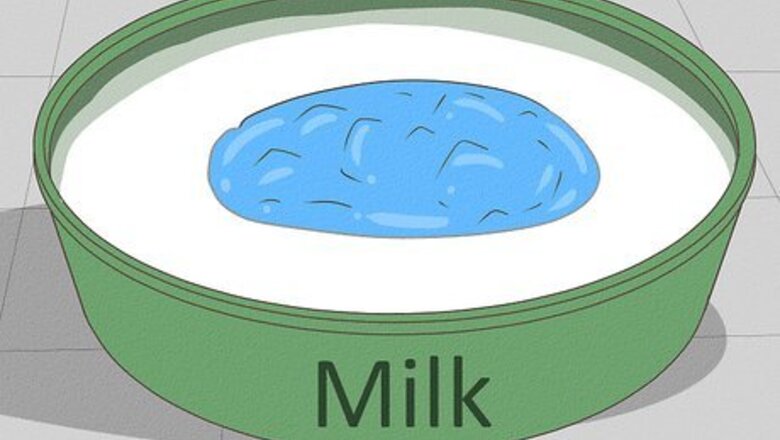
views
X
Research source
Fortunately, it's possible to get rid of a sun rash at home. Keep reading for tips on how to treat a sun rash so it goes away as quickly as possible.
Using a Cold Compress
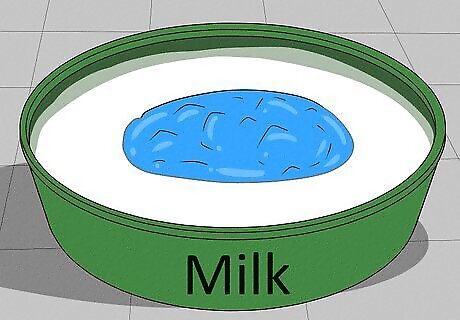
Pick your soak. One of the best treatments for a sun rash is a cold compress soaked in a special mixture. There are many different substances you can use to help your skin. Each has benefits, so you can see which one works best for you. You may have a sensitivity to some of the herbs listed, so try them out on a small patch of skin before you apply them to your rash. These soaks include: Distilled or tap water, which can be boiled and then cooled before application. Diluted chamomile and green tea, which has healing properties. Make 2–3 normal cups of tea, dilute it with equal amounts of water, and let it cool. Milk, which should be straight from the fridge so it's as cold as possible. Undiluted aloe vera juice, which should be chilled. Coconut milk, which should be cooled in the refrigerator. Equal parts of apple cider vinegar and cold water. Baking soda. Mix 1 tablespoon (14.4 g) of baking soda with 1 cup (240 ml) of chilled water. Turmeric and buttermilk. Mix 1 cup (240 ml) of buttermilk and 1 tablespoon (9.5 g) of turmeric, which contains antioxidants that can promote healing and decrease itching.Warning: Avoid using soaks that have artificial preservatives or extra ingredients since they could irritate your skin more.
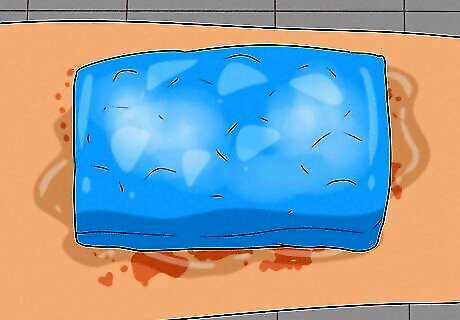
Apply the cold compress. Once you decide on your soak, you need to apply the compress. Take an unbleached, clean white washcloth and soak it in your chosen mixture. Once it is saturated, wring the mixture out a little so it isn't dripping everywhere. Leave enough in so your face will get wet. Place the cloth on the affected area.
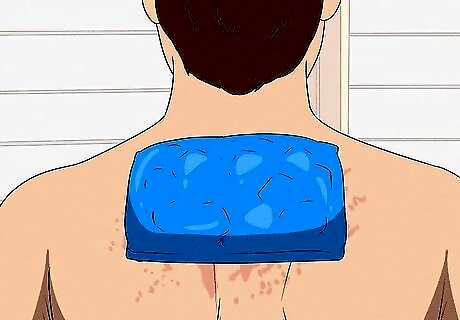
Repeat. You can leave the cold compress on your skin for 30 to 60 minutes. You can also use this method as many time as a day as necessary, so you can repeat immediately or whenever the itching and irritation return to your rash.
Using Additional Treatments
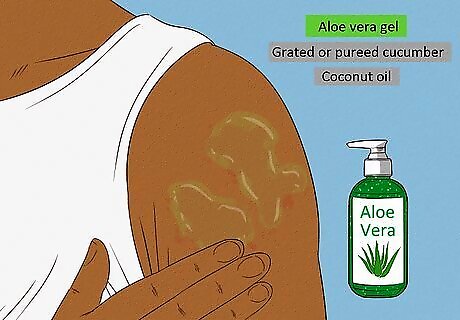
Apply natural soothing agents. There are some natural soothing agents that you can apply directly to your skin. These will help combat the irritation and help heal the rash. These substances include: Aloe vera gel, which has calming and cooling agents. Grated or pureed cucumber, which have cooling capabilities and will help prevent drying of your skin. Coconut oil, which contains omega-3 fatty acids that can promote healing, reduce inflammation, and help with infection.
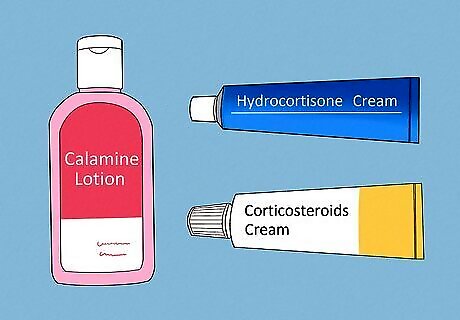
Use anti-itch cream. There are multiple kinds of anti-itch creams you can buy over the counter to help with your sun rash. These include hydrocortisone cream, calamine lotion, and other soothing agents. If the itch is severe or won't stop, your doctor may prescribe you corticosteroids. Since calamine lotion is a mixture of zinc oxide and iron oxide, it may be extremely beneficial for itching. It does not have any healing agents like hydrocortisone, but it will reduce itching.
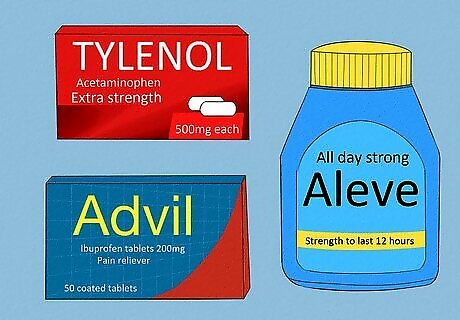
Use pain relievers. Your sun rash may cause pain and discomfort. Good ones to take include ibuprofen (Advil or Motrin), acetaminophen (Tylenol), and naproxen sodium (Aleve). Follow the manufacturer's instructions for dosage amounts and frequency. There is a small risk of these causing skin sensitivity, so if your rash gets worse, stop taking these medications and see your doctor.
Preventing Sun Rash
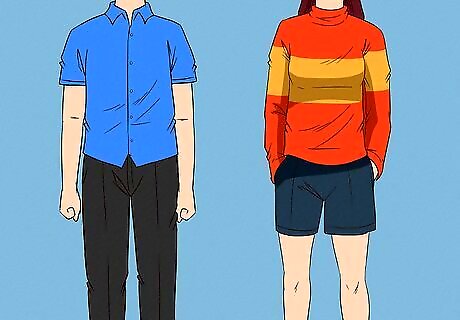
Expose your skin slowly. The easiest and simplest way to prevent a sun rash is to expose your skin to the sun slowly. The most common areas are the legs, arms, and chest, so take your time in the spring wearing these uncovered. Try exposing one area at a time instead of them all at once, and limit the amount of time you spend in the sun at first to about 10 minutes. For example, wear a short-sleeved shirt with a high collar and long pants to begin with. You can also try shorts with a long sleeve shirt and a high neck. As long as only one new area is uncovered, you can help prevent sun rash.
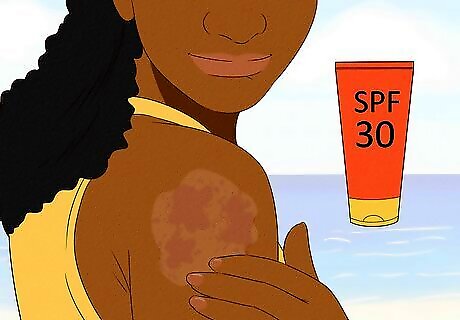
Apply sunscreen. When you are in the sun, put sunscreen on the areas that are exposed to the sun. Make sure you look for sunscreen that’s over 30 SPF that offers broad spectrum protection against UVA and UVB rays since both can cause sun rash. Reapply the sunscreen about once every 2 hours. If you live in an area with high elevation, you’re more likely to get sunburn or sun rash with shorter exposure times.
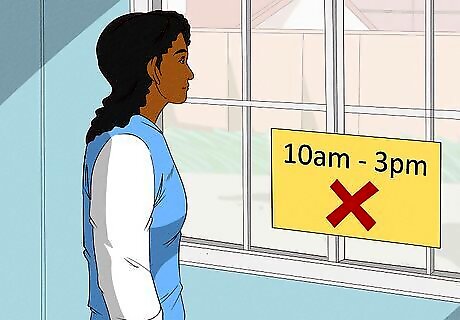
Go out into the sun at non-peak times. There are certain times of the day that are considered peak hours for sun exposure and strength. If you are prone to sun rash or want to avoid getting one, try to avoid being in the sun between the hours of 10 a.m. and 3 p.m. The sun is strongest during these times and you run a higher risk exposure.
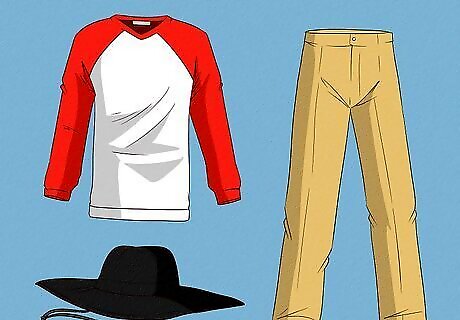
Wear protective gear. If you know you are prone to sun rash, you can protect yourself by wearing clothing or items that cover your skin completely. If you are going outside, even it is not hot, wear a light jacket or long sleeve shirt to cover your arms. Wear high-necked shirts to protect your chest and long pants to protect your legs. Your face is also at risk, so wear a wide-brimmed hat or headscarf to protect your skin.
Understanding Sun Rash
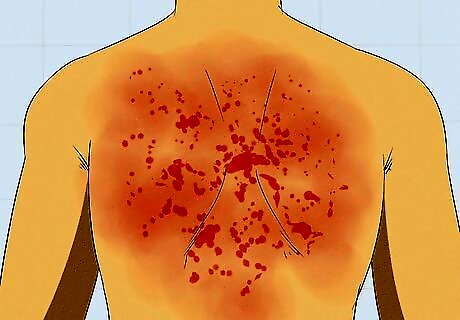
Learn about Polymorphic Light Eruption (PMLE). PMLE is an itchy, red skin rash that develops when your skin is exposed to the sun. The term polymorphic indicates that the rash will look different when it develops on different people. This condition is most common in the spring, which is when your skin is exposed to stronger sunlight for the first time after winter. Sun rash is more common in women than in men and it most often occurs in children and adults between 20 and 40 who live in Northern Europe or North America. This is due to the temperate climate in these areas. You may also be more susceptible to PMLE if you have a family history of it. If you do get PMLE in the winter, it could be from exposure to tanning beds.
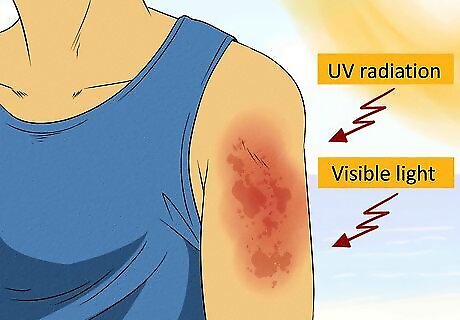
Be aware of why sun rash develops. Sun rash is considered an allergic reaction, but not in the traditional sense. It generally develops because your immune system reacts to exposure to the combination of UV radiation and visible light.
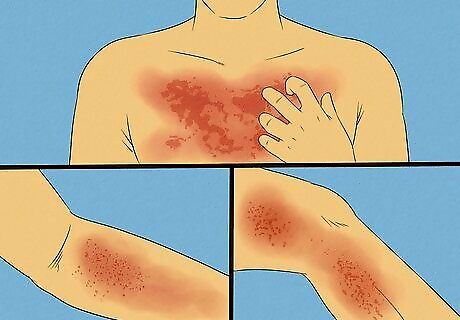
Recognize the symptoms of sun rash. The main symptom of sun rash is an itchy red rash that develops on the skin with small raised bumps or blisters. This can happen within 20 minutes of sun exposure, but it can also take a few hours. The rash will typically appear on your arms, your chest, or your legs. This is because these areas are generally covered more during the winter months and become desensitized to the sun. Even if you treat the first instance of the rash, it may recur if you go back out into the sun. These recurrences are typically less severe than the first. Sun rash usually lasts 1–4 days before healing if you don’t expose your skin to the sun, but in very rare cases, it could last for 1–2 weeks. The rash should not leave any scarring.
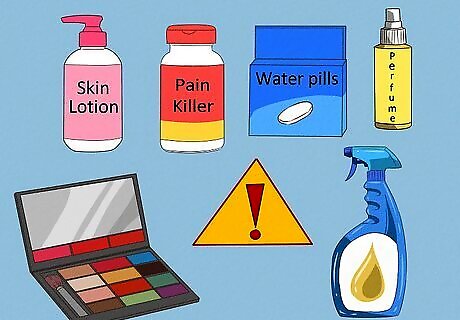
Learn the causes of sun rash. In addition to direct exposure to the sun, you can get a sun rash from exposure to the sun through a window or by exposure to fluorescent lighting. Another form of sun rash can occur as a reaction to chemicals or medications. These 2 conditions are called photoallergic dermatitis and drug-induced photosensitivity. Certain chemicals in soaps, perfumes, skin lotions, detergents, and makeup can react to sun exposure and cause a sun rash. This can easily be remedied if you stop using the product that causes the reaction. There are many medications that may cause sun rash, including water pills, anti-convulsants, quinine, tetracycline antibiotics, NSAID painkillers such as Ibuprofen and Naproxen, and some anti-diabetes drugs. Contact your doctor if you suffer from sun rash because of medications you take.

See your doctor. If you try home treatments and the rash doesn't go away within 24 hours, call your doctor. You may have a different kind of rash or there may be a larger, more complicated reason for your sun rash. If your sun rash gets worse after any home treatment, you should also see your doctor. Your doctor will examine you and ask for your recent medical history. If the cause is in doubt, your doctor may take a small sample of your skin affected by the rash. If it is just a skin rash, your doctor may recommend hydrocortisone cream, but he will likely suggest preventative methods with no medical treatment. If you have a severe case of sun rash, your doctor may prescribe oral corticosteroids, which you usually need to take for about 1 week.




















Comments
0 comment